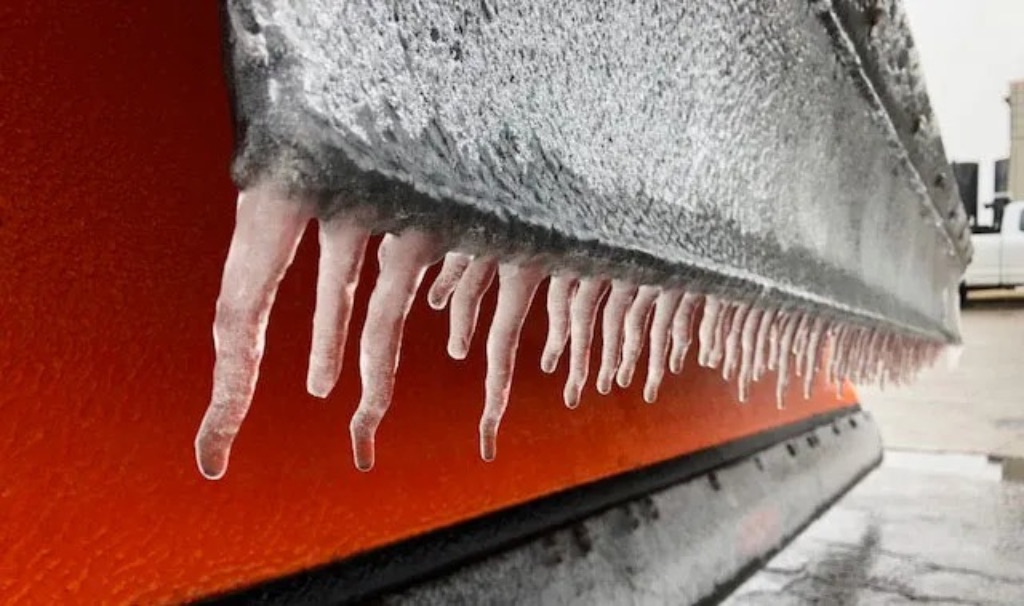Snow and other types of terrible weather aren’t new in Central Illinois. We’ve seen school closures, historic snow days, and intense weather happen pretty regularly, and climate change will only make things worse. So why were the Champaign and Urbana school districts and the University of Illinois caught off guard by the weather last week, and what can be done to prevent that type of confusion in the future?
On Monday, January 22nd, there was an ice storm that created incredibly hazardous travel conditions. Though we had warning that the storm was imminent and it was clear in the very early morning that the roads and sidewalks were unsafe, Champaign Unit 4 and Urbana Unit 116 school districts didn’t notify parents until after 7 a.m. that classes would switch to a remote learning day. By this time some students had already boarded buses, some teachers and parents were on their way to work, and most students did not have their laptops. This caused a fair amount of chaos as teachers scrambled to make learning plans, and caregivers searched for childcare or changed plans at the last minute to remain home. After many complaints and apologies by the superintendents, the schools had a snow day on Tuesday, as the icy weather continued into midday.
The U of I on the other hand waited until 4 p.m on Monday to announce that campus would be closing at 5 p.m. and opening late the following day, leaving students and staff to brave the elements for most of the day during the peak of bad weather.
When the goal is to keep students and staff safe from the elements, decisions around closures and communication of said decisions must be done in a timely manner. There are guidelines in place within the public schools for emergency snow days, so why did it take so long to make the decision? We understand that these are not decisions to be taken lightly, that there are a host of economic and social impacts from closures — some kids rely on the stability of school for safety and hot meals, for instance. Some of the social impacts, like needing to find care arrangements for children, can be mitigated if a decision is made early enough. In comparison, the U of I, not having to take into account those same considerations, really has no excuse for forcing students and staff to risk their safety.
Many community members had no problem jumping on social media to air their grievances. While it’s natural to want to vent to your friends and family in a frustrating situation, the intensity of some of the comments caused us to pause and wonder: Is there a better way for us as a community to respond to these types of situations?
We learned a lot about community building and mutual aid in 2020. It’s important that we don’t forget those lessons, and that we continue to work to build the C-U we want to live in. As parents who work at home or remotely, can we offer rides or babysitting? Could we drop off lunches? Can we create community within our schools and our classrooms?
As employers, can we help parents? Can we be more flexible for parents with young kids in schools? So many of the complaints we saw were about parents who had already dropped off their kids, already left for work, or had to attempt to find childcare at the last minute. Can we as a community ask for more from our places of employment? After all, we can only be as flexible as our employers allow us to be.
Living in the Midwest we know snow and ice is a given at some point in January, February, and — God forbid — March. Let’s try and learn from this, to ask for better from our institutions and offer better when we express our frustrations.
The Editorial Board is Jessica Hammie, Louise Knight-Gibson, Julie McClure, Patrick Singer, and Mara Thacker.








